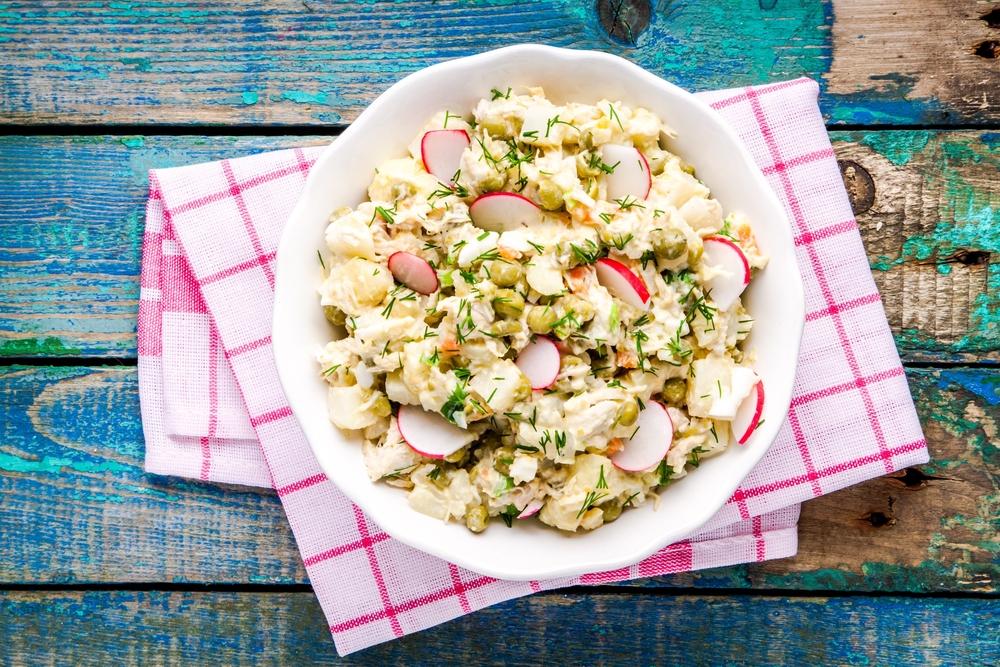Potato salad has always been a German thing to me. But the origin of the main ingredient was South America, and represents one of the earlier cultivated crops on earth. Europe didn’t see them until Spanish conquistadores took them from the Inca Empire, but soon after, they became rooted in European culinary traditions. Irish potato famine? French (Belgian) fries? All recent history to the potato.
From the Andes With Spuds
Wild potatoes originated in the Andes in South America. The people of the high plains there cultivated them more than 7,000 years ago, long before even the Incas existed, but even before the rise of the Sumerians in Mesopotamia. And there they remained until after Francisco Pizarro and his conquistadors arrived in 1526 in what is today Peru.The Spanish found it to be a staple for the Inca and, convinced, took this domesticated tuber home. Potato salads soon followed: boiled in spiced vinegar or wine and mixed with oil and salt. The French added Dijon mustard to the mix, and may have been the first to add mayonnaise.





